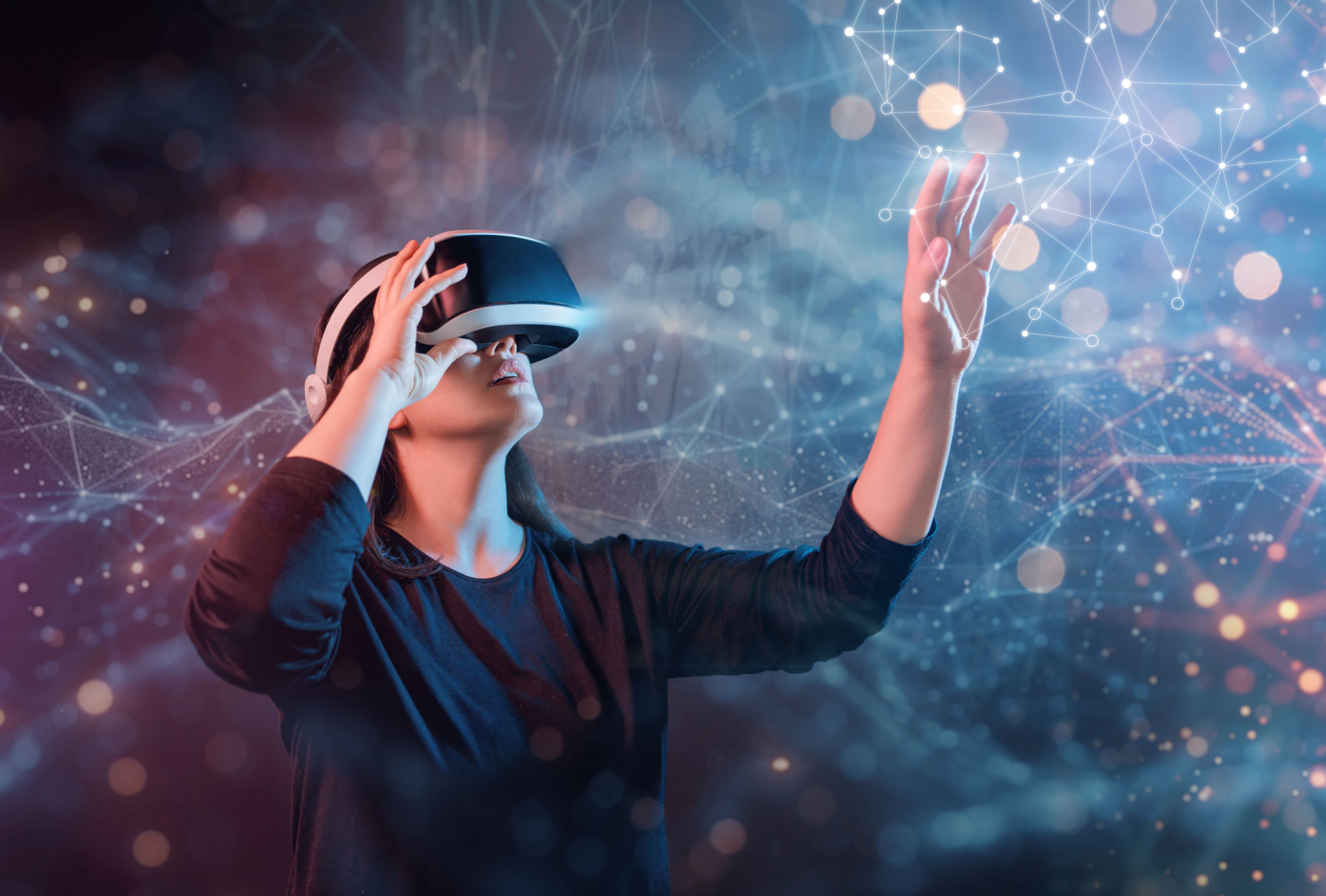Seasonal Affective Disorder: Can VR Coaching Help?
Understanding Seasonal Affective Disorder
Seasonal Affective Disorder (SAD) is a type of depression that occurs at a specific time of year, usually in the fall or winter. It is believed to be caused by the reduced exposure to sunlight, which can disrupt the body's internal clock and lead to feelings of depression. Symptoms often include fatigue, hopelessness, and social withdrawal, which can severely impact daily life.
While traditional treatments like light therapy and medication have been effective for many, there is a growing interest in exploring innovative solutions. One such solution is Virtual Reality (VR) coaching, which is gaining attention for its potential benefits in managing SAD symptoms.

The Role of Virtual Reality in Mental Health
Virtual Reality has been making waves in various fields, including healthcare. Its immersive nature allows users to experience environments and situations as if they were real, making it a valuable tool for therapy. In mental health, VR is being used to treat conditions like anxiety, PTSD, and phobias by providing controlled exposure to triggering situations.
For SAD sufferers, VR can offer a simulated environment filled with natural light and vibrant scenery, potentially helping to alleviate symptoms associated with the disorder. This innovative approach provides an opportunity for individuals to engage in mood-enhancing activities within a controlled setting.

Benefits of VR Coaching for SAD
VR coaching offers several potential benefits for those struggling with Seasonal Affective Disorder:
- Simulated Sunlight Exposure: VR can recreate environments with abundant natural light, which may help regulate the body's internal clock.
- Mood Enhancement: Engaging with peaceful and uplifting virtual worlds can improve mood and reduce feelings of depression.
- Behavioral Activation: VR encourages participation in activities that one might avoid during depressive episodes.
These benefits suggest that VR coaching could be a valuable supplement to traditional SAD treatments, offering a novel way to combat symptoms.
How VR Coaching Works
In VR coaching, users wear a headset that transports them into a virtual environment. These sessions are typically guided by a trained professional who can tailor the experience to suit individual needs. The environments can range from serene beaches to lush forests, providing a sense of escape and tranquility.
VR coaching sessions may also incorporate mindfulness exercises or guided meditations, helping users to focus on relaxation and stress reduction. This holistic approach aims to provide both immediate relief and long-term coping strategies for managing SAD.

Challenges and Considerations
Despite its potential, there are challenges to consider with VR coaching for SAD. Accessibility can be an issue, as not everyone has access to VR technology or the means to participate in sessions. Additionally, some users may experience discomfort or motion sickness while using VR headsets.
Furthermore, it's important to remember that VR should not replace traditional therapies but rather complement them. Consulting with a healthcare professional before starting any new treatment is crucial to ensure it aligns with individual needs and circumstances.
The Future of SAD Treatment
As technology continues to advance, the possibilities for integrating VR into mental health treatments are expanding. Researchers are optimistic about the potential for VR to transform how we approach conditions like Seasonal Affective Disorder, offering new pathways for healing and management.
For those open to exploring new therapeutic avenues, VR coaching presents an exciting opportunity to enhance mental well-being during the challenging winter months. With ongoing research and development, this innovative approach may soon become a staple in the arsenal against SAD.
